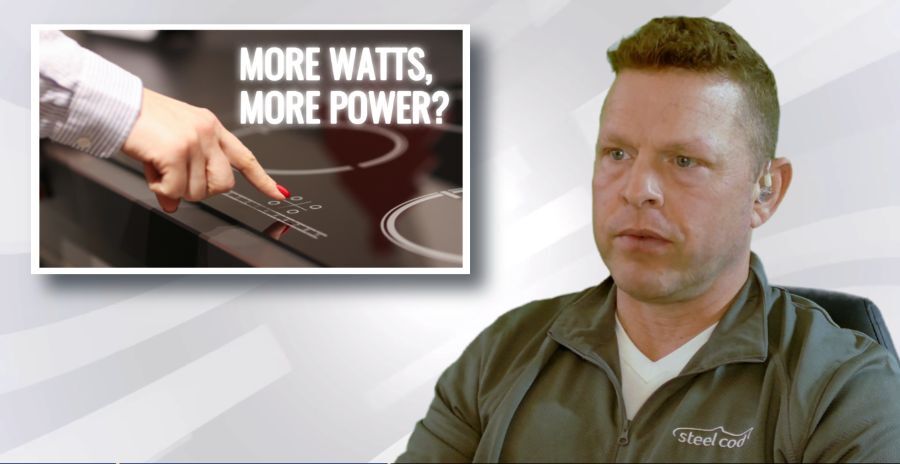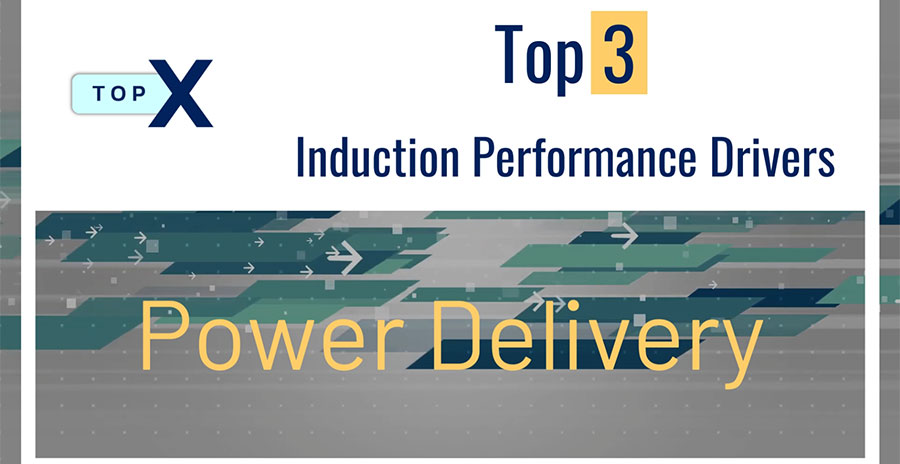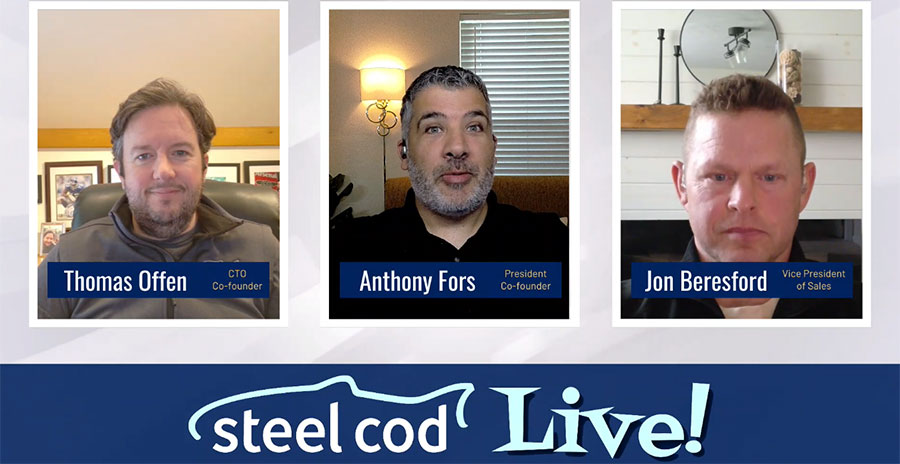More Watts, More Power
Or Are We Measuring Induction Power the Wrong Way?
More Watts, More Power
Higher wattage doesn’t always mean better performance — so why do so many customers (and salespeople) assume it does? This week we break down why not all induction cooktops are the same and what truly defines performance.
Top 3 Induction Performance Drivers
There’s a lot of noise in the cooktop and range conversation — wattage claims, boost modes, flashy features. But when it comes to real performance, only a few things actually move the needle. In this episode, we reveal the top 3 core drivers of induction performance.
More Watts, More Sales? Rethinking Induction Power on the Floor
This week on Steel Cod Live!, Anthony, Tom, and Jon close the loop on induction wattage—and put everything we’ve covered into real-world selling context. From how to explain boost modes without getting buried in specs to helping customers understand sustained power versus short-term heat, we’re showing you how to take the mystery out of induction and turn it into clearer, more confident conversations on the floor.
Recap
Key Questions and Answers
I work mostly with mid-market remodel clients. How can I tell when it’s actually worth pushing someone up to a premium induction cooktop?
If they actually cook, it’s worth it. Basic induction gets hot, but premium models heat more evenly, hold temps better, and waste less energy — up to 20% less per meal. If someone cares about getting consistent results, saving energy, or just having a nicer kitchen experience, moving up makes a real difference.
I had a builder tell me, ‘It all boils water the same.’ How do I reframe that conversation so they understand why control matters just as much as speed?
Tell them boiling is easy — even a camp stove can do that. Real cooking needs control. Good induction can simmer within a 5-degree range, brown evenly across a pan, and react instantly when you turn the heat down. It’s not just about hitting a boil — it’s about what happens after.
What’s your go-to explanation when someone says, ‘I don’t need all those fancy features—I just want it to heat up fast’?
Every induction heats fast. That’s the default. What cheaper models don’t do is manage that heat well. They can spike, pulse, and scorch food when you’re trying to simmer or melt. Premium models aren’t about "features" — they’re about fixing all the annoying problems you didn’t realize were optional.
Are there any upcoming innovations I should be talking about now to future-proof my pitch?
Yeah, but it’s not just new tech — it’s how people are getting pickier. Bigger coils, smarter sensors, and zoneless tops are starting to matter because once people feel real performance, they don’t want to go back. Focus less on gimmicks and more on stuff that makes cooking smoother and easier.
As energy codes and sustainability targets get tighter, will efficient induction become a bigger selling point? How do I lean into that today?
It already is. Bad coils waste power. Good ones adjust in real time and cut energy use by 15–20% every meal. Instead of just saying "it’s electric," explain that better induction is smarter about how it uses power — and that matters when efficiency rules start tightening up even more.
When I try to talk about magnetic field strength or coil density, my clients tune out. How do I make it real for them?
Don’t talk about it — show them. Point to how the whole pan browns evenly or how a sauce holds without pulsing. Then say, "That’s the coil doing its job." They don’t care about the tech. They care that dinner turns out right without babysitting it.
What do I say when someone asks, ‘Will I really notice a difference between this and the cheaper one?’
Say: "If you just boil pasta, maybe not. But if you care about cooking, you’ll feel it right away." Premium induction holds delicate temps, keeps power consistent, and doesn’t give up halfway through a sear. It’s the difference between getting by and actually loving what you cook.
Do you have a go-to line or closing statement that seals the deal on premium induction?
No magic line. The close happens way before the end — it’s when you show them how much better their food and their experience will be. If you’ve made that clear, the last step is just helping them pick the right one.


